Learn the contributions of enslaved people to NYC including the brave uprisings against oppression. Then discover the exciting history of the Underground Railroad, a network of clandestine routes and safe houses used by enslaved African Americans primarily to escape into free states and Canada.
Visit an archeological site and memorial dedicated to the memory of enslaved Africans in colonial America. Visit the site of a former station on the Underground Railroad. Learn about the revolts, kidnappings and dramatic escapes that occurred during the era of American slavery. Listen to tales of courage and triumph and discover the stories of real New Yorkers who risked their lives and properties to help people escape slavery on this historical New York City walking tour.
Чаттануга
Исследовать
 Уникальный опыт
Уникальный опыт
 Путешествия и транспортные услуги
Путешествия и транспортные услуги
 Туры, экскурсии и круизы
Туры, экскурсии и круизы
 Малая группа
Малая группа
 Сезонные и особые случаи
Сезонные и особые случаи
 Санитарные меры приняты
Санитарные меры приняты
 Занятия на улице
Занятия на улице
 Вероятность продажи
Вероятность продажи
 Включает животных
Включает животных
 Удобно избегать скопления людей
Удобно избегать скопления людей
 Еда, напиток
Еда, напиток
 Превосходное качество
Превосходное качество
 Лучшая конверсия
Лучшая конверсия
 Искусство и культура
Искусство и культура
 Виатор Плюс
Виатор Плюс
 Уникальный опыт
Уникальный опыт
 Путешествия и транспортные услуги
Путешествия и транспортные услуги
 Туры, экскурсии и круизы
Туры, экскурсии и круизы
 Малая группа
Малая группа
 Сезонные и особые случаи
Сезонные и особые случаи
 Санитарные меры приняты
Санитарные меры приняты
 Занятия на улице
Занятия на улице
 Вероятность продажи
Вероятность продажи
 Включает животных
Включает животных
 Удобно избегать скопления людей
Удобно избегать скопления людей
 Еда, напиток
Еда, напиток
 Превосходное качество
Превосходное качество
 Лучшая конверсия
Лучшая конверсия
 Искусство и культура
Искусство и культура
 Виатор Плюс
Виатор Плюс




 ru
ru
 English
English
 French
French
 Polish
Polish
 Ukrainian
Ukrainian
 Serbian
Serbian


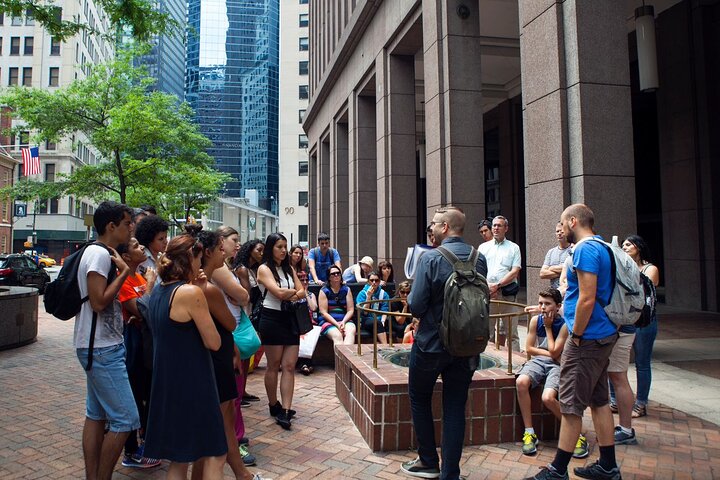

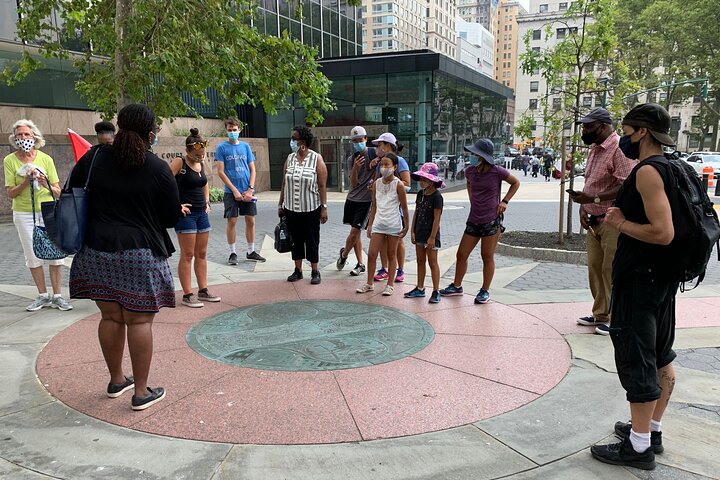
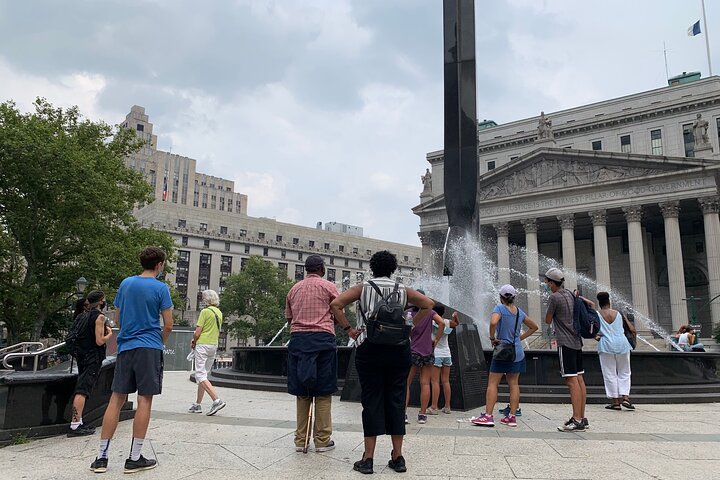


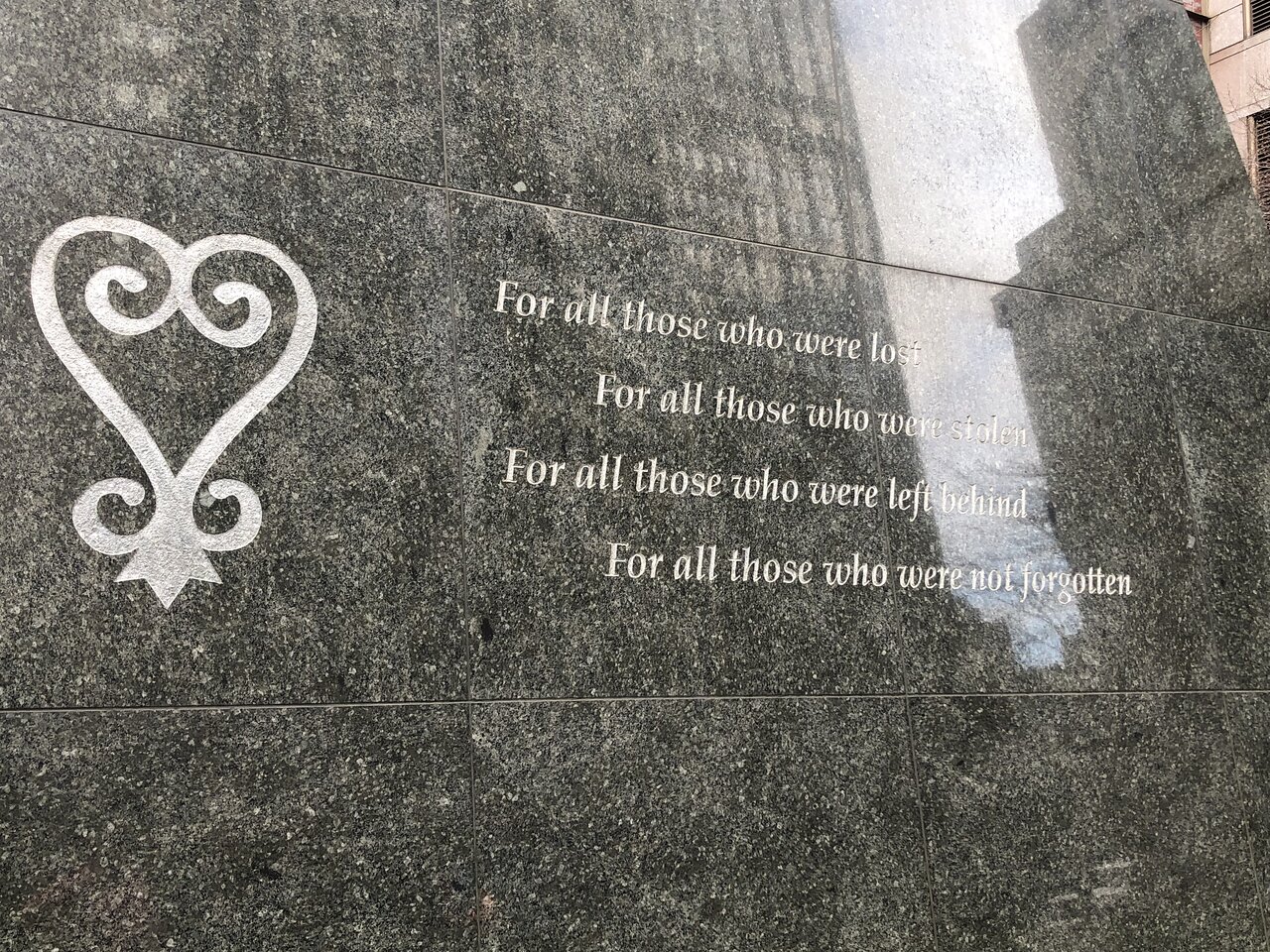
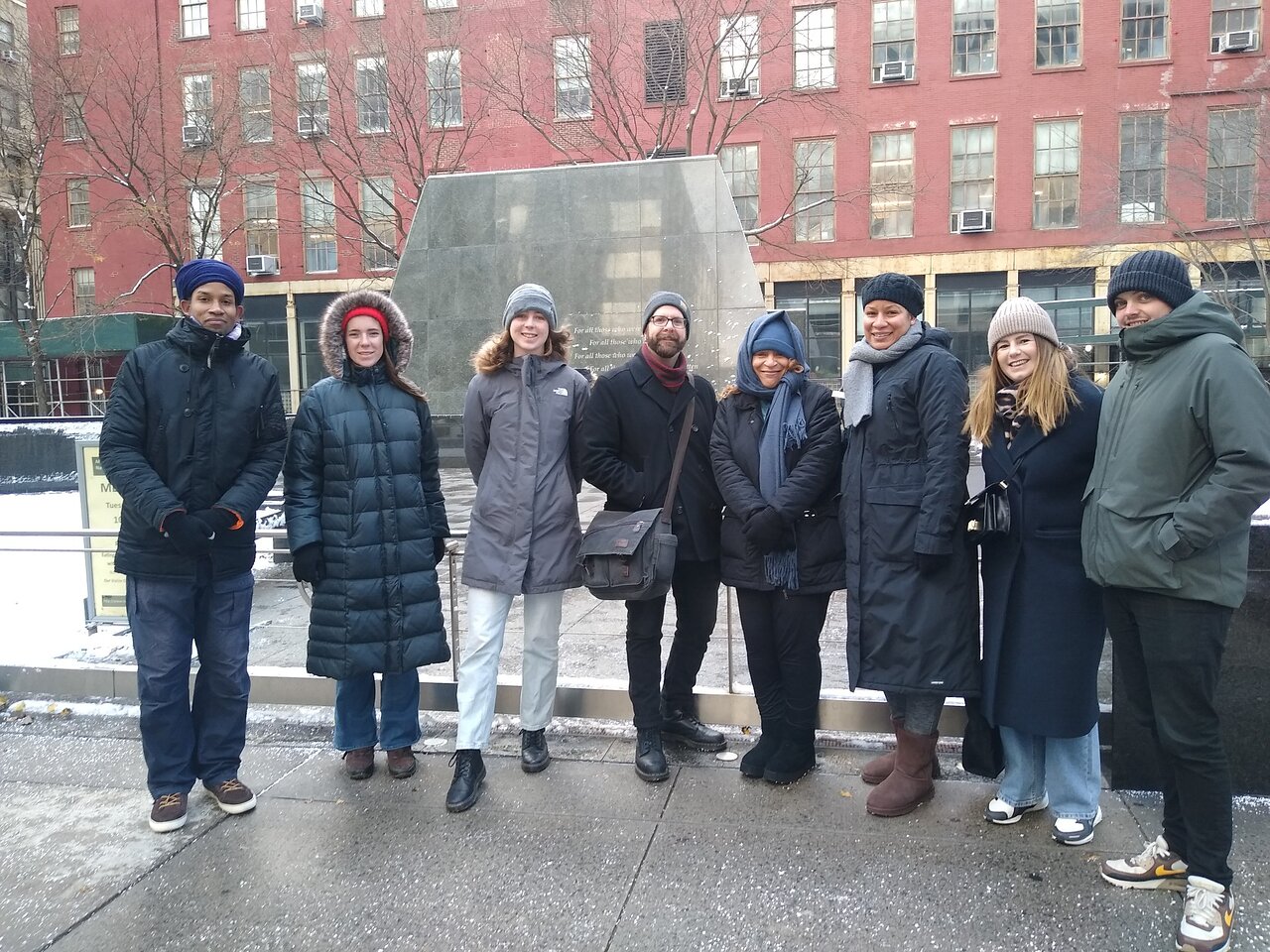
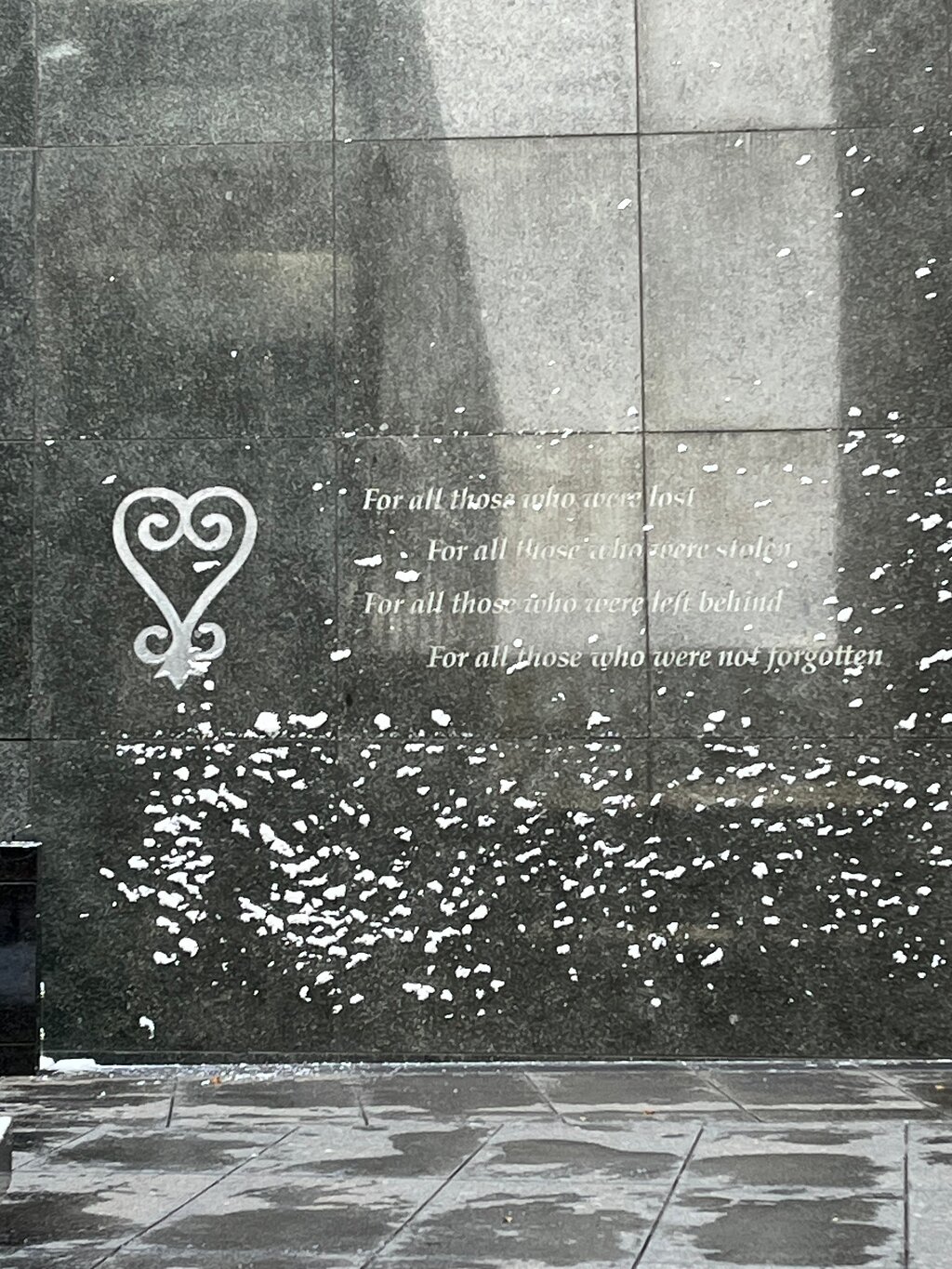
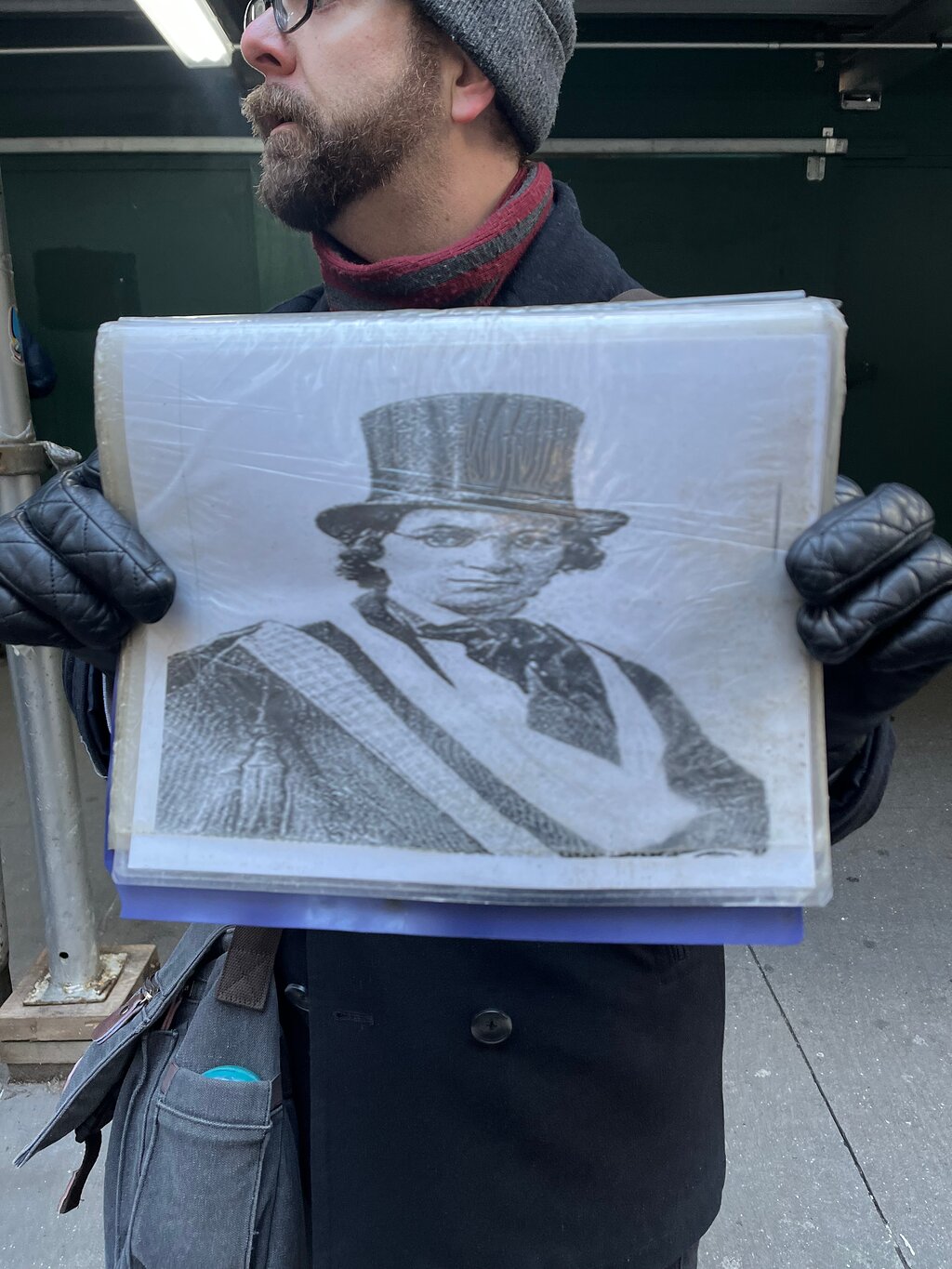
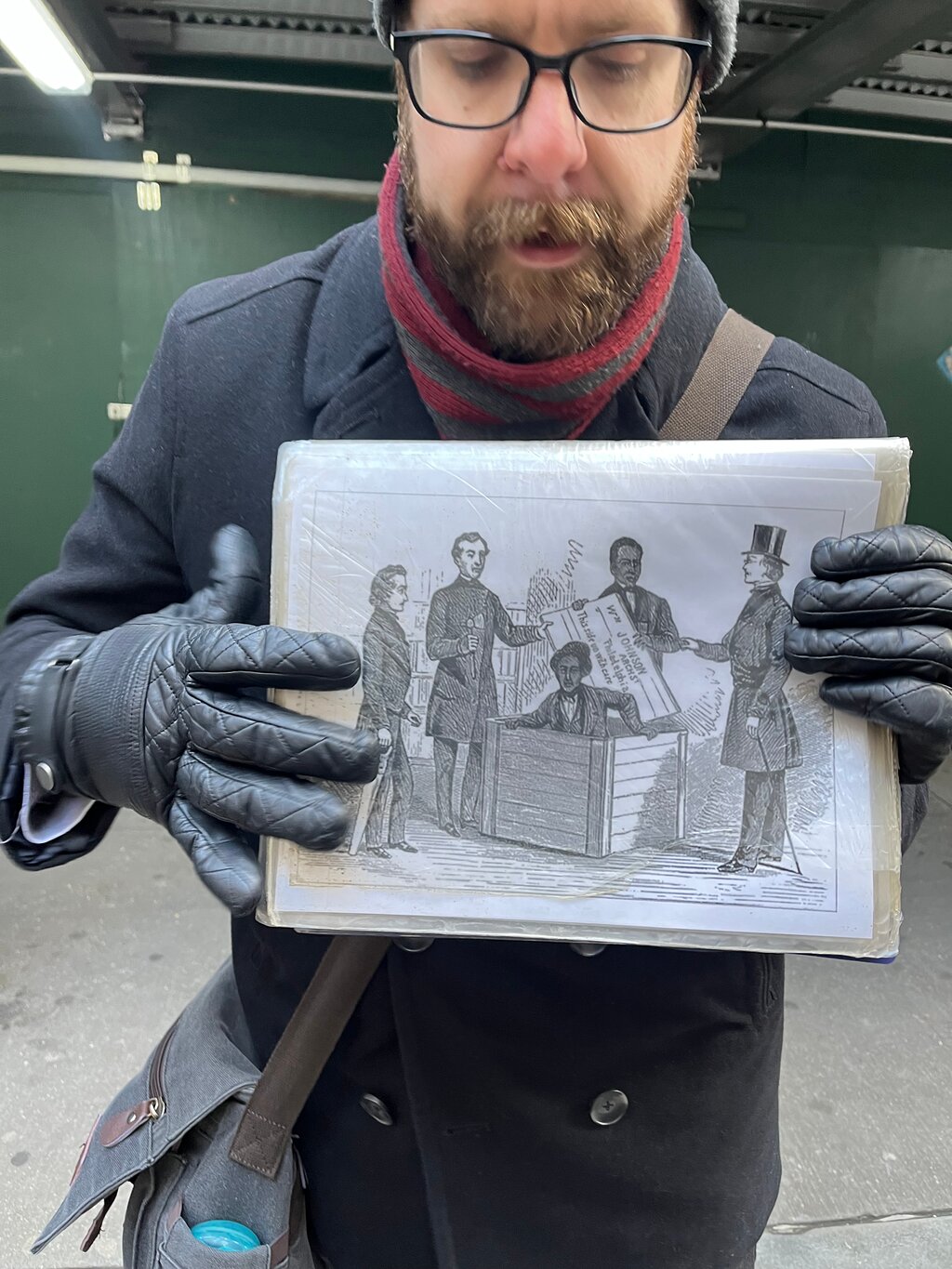
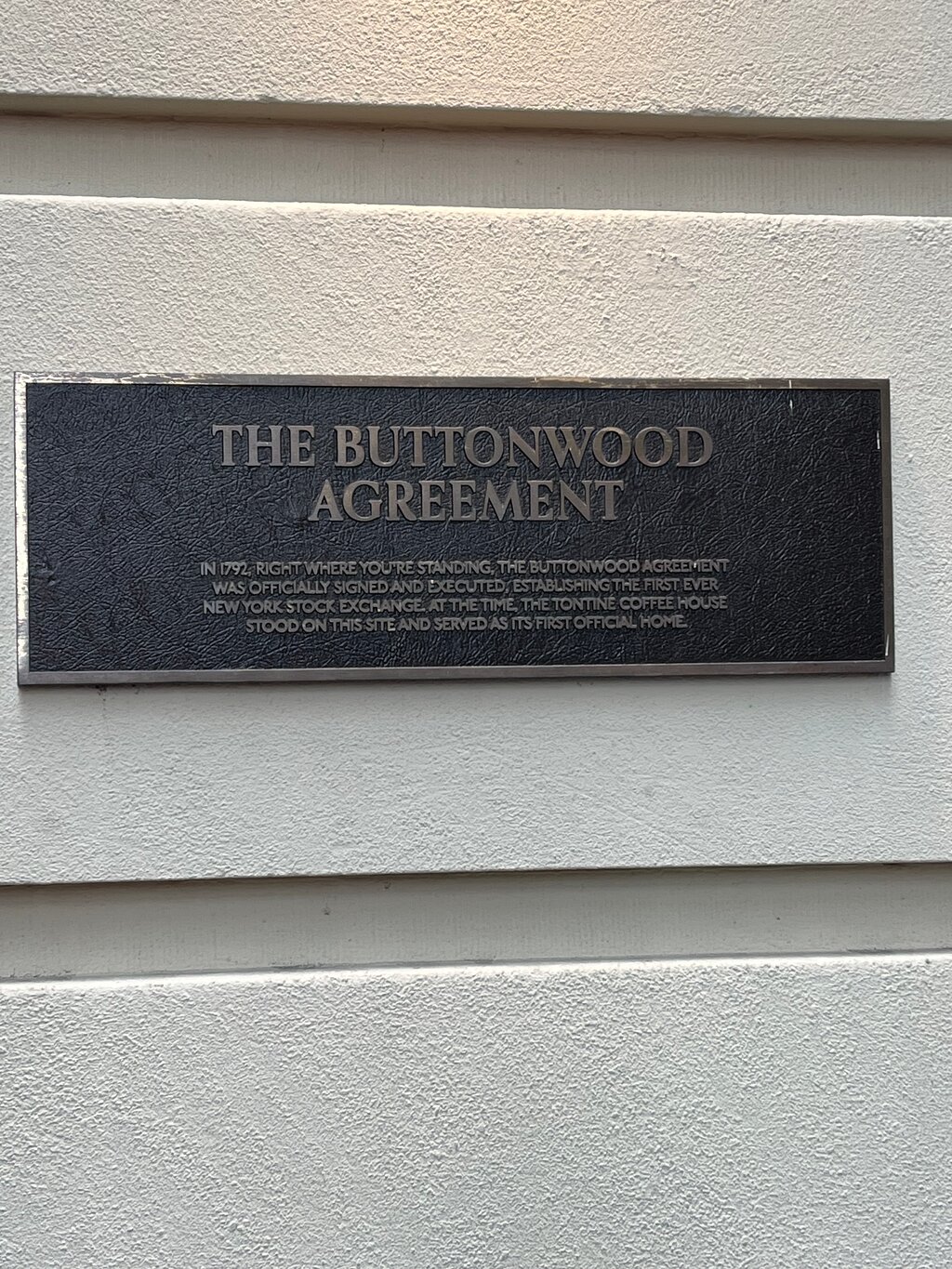
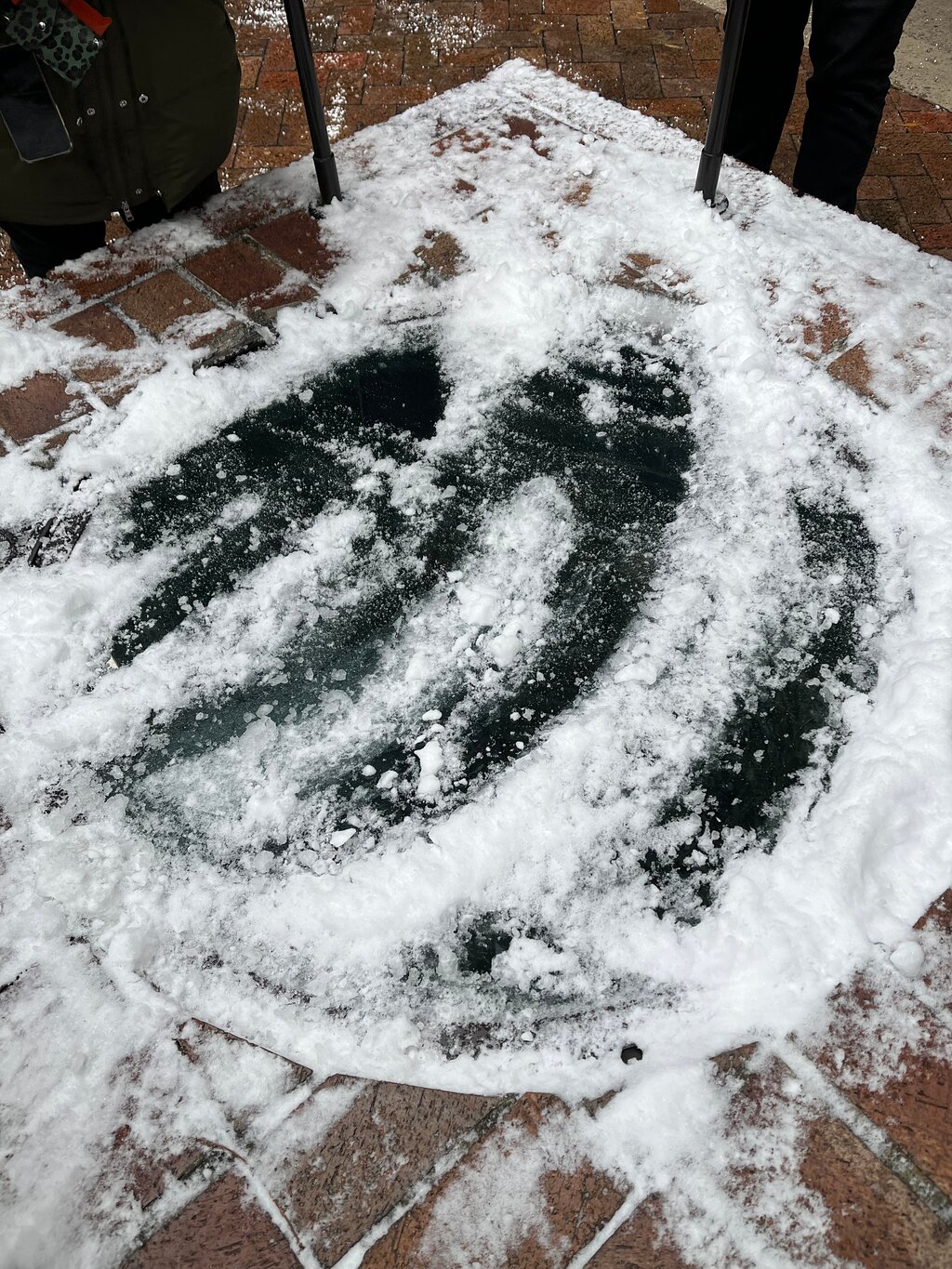
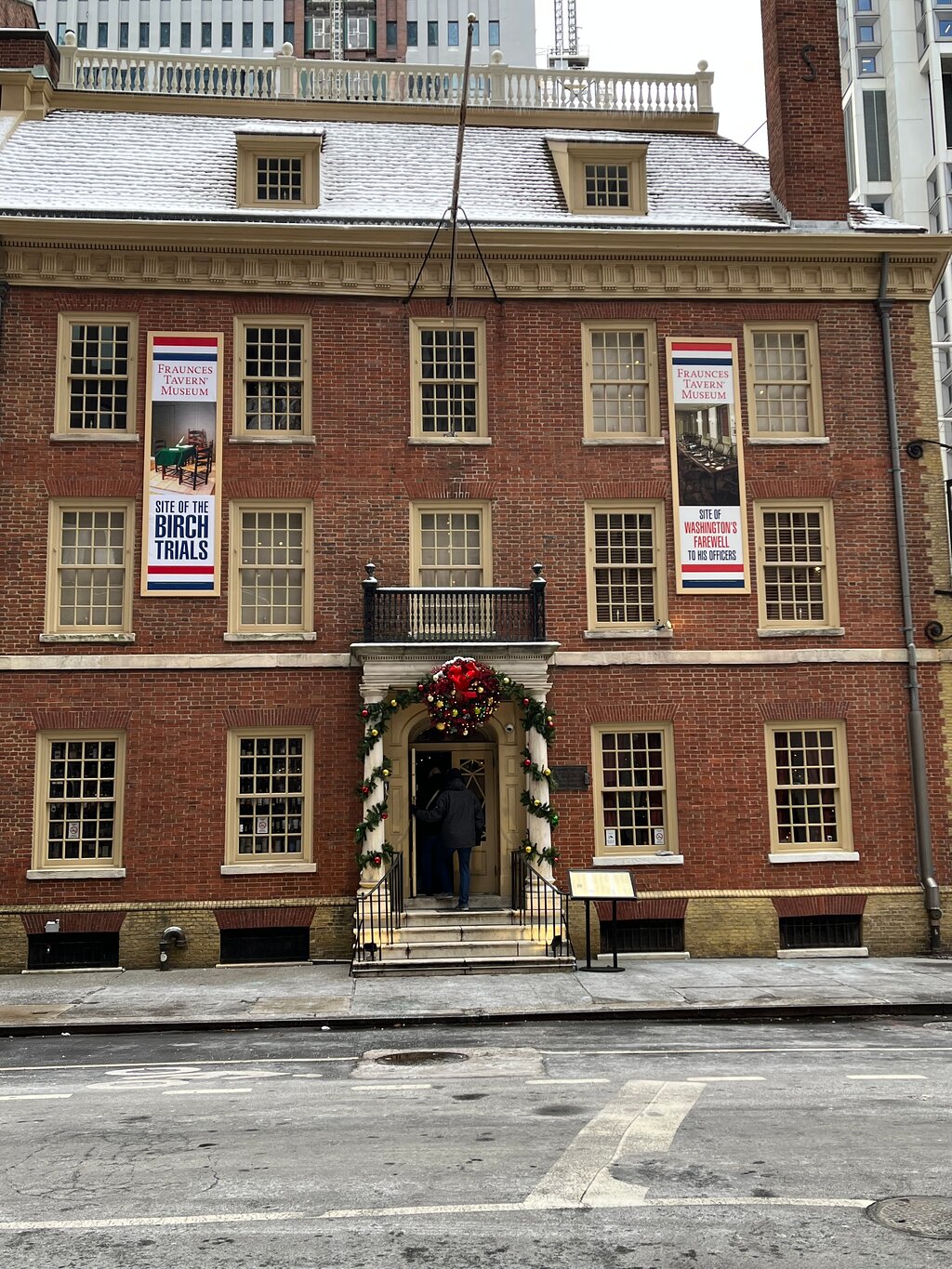
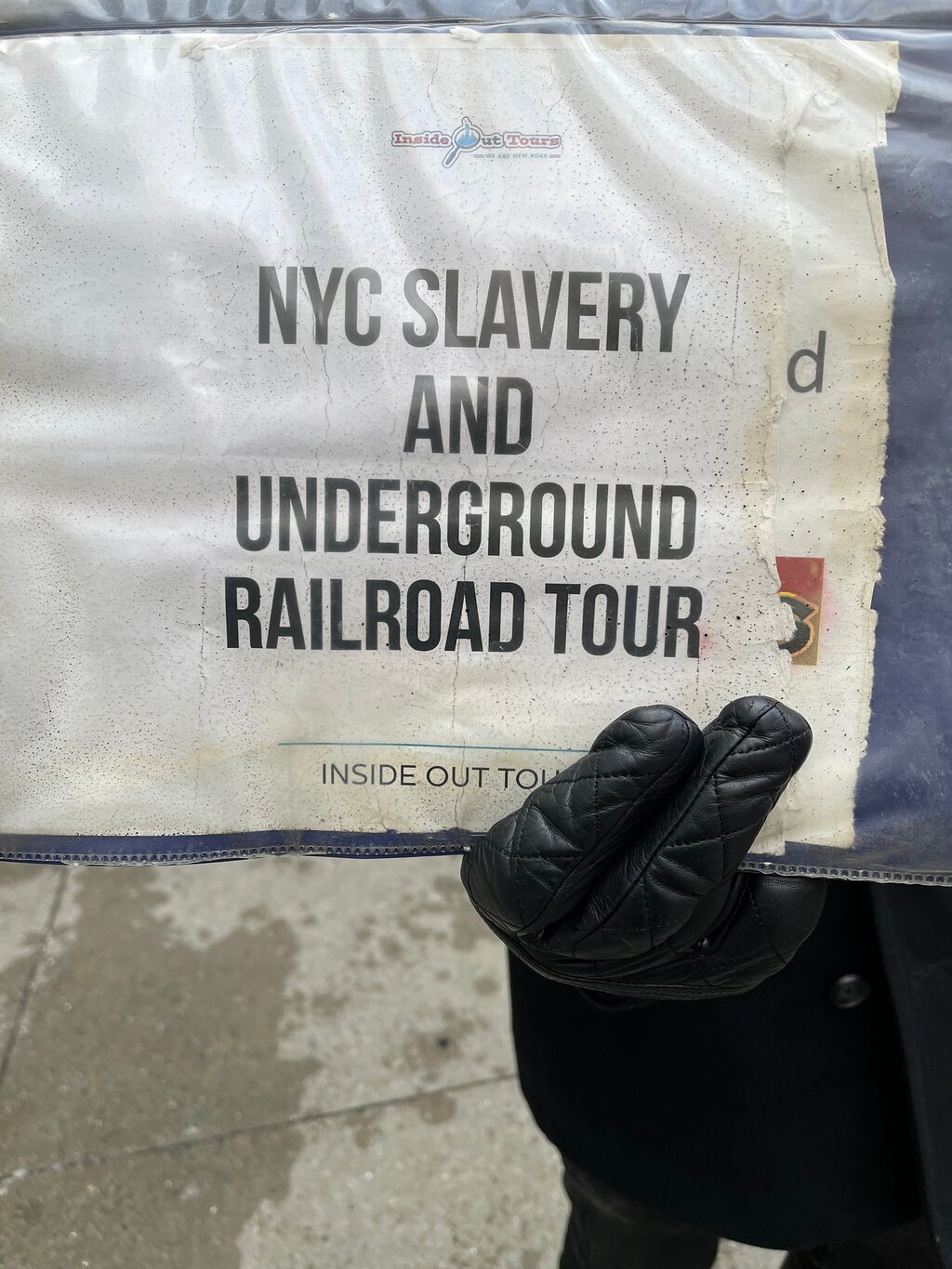
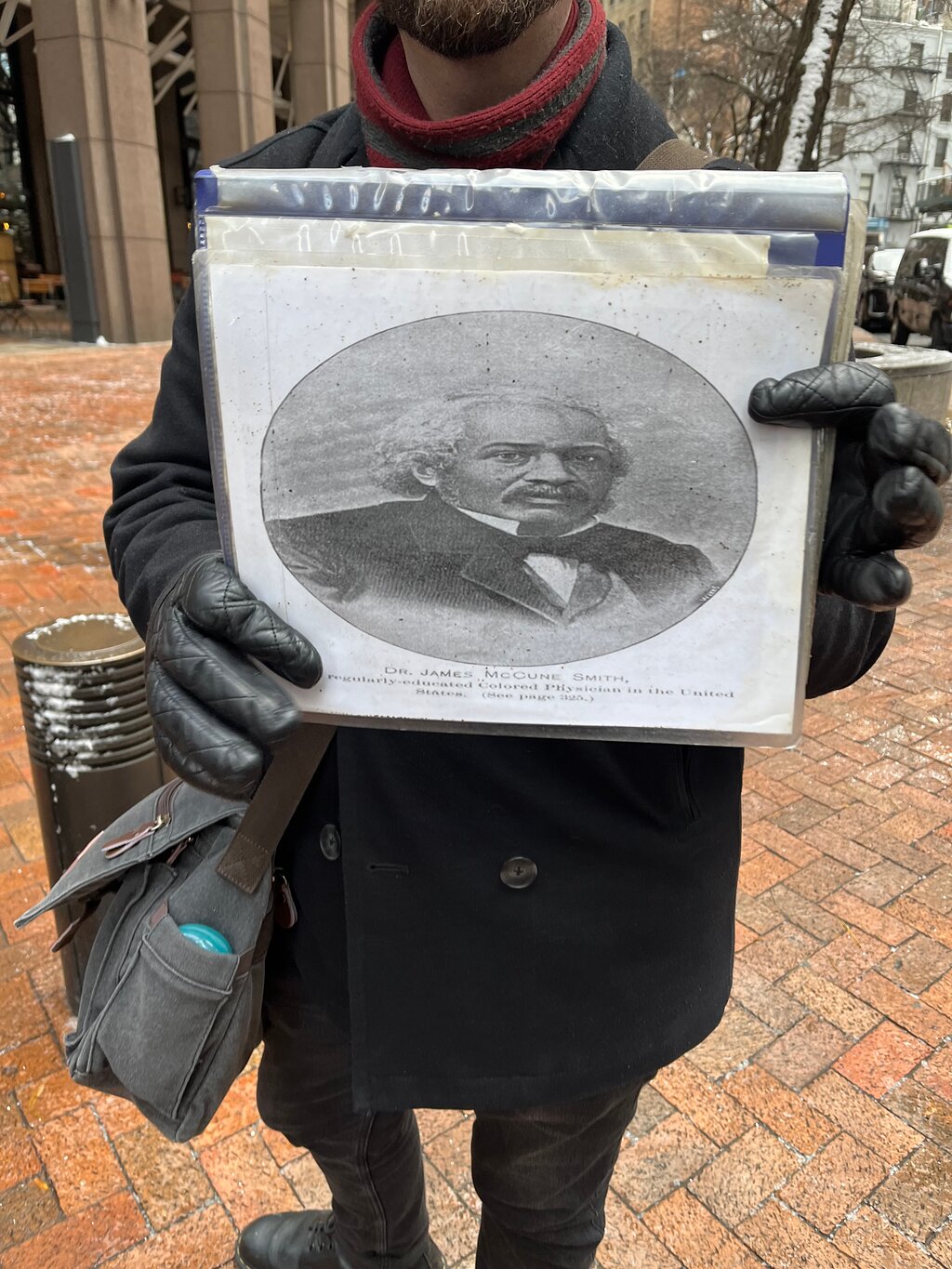
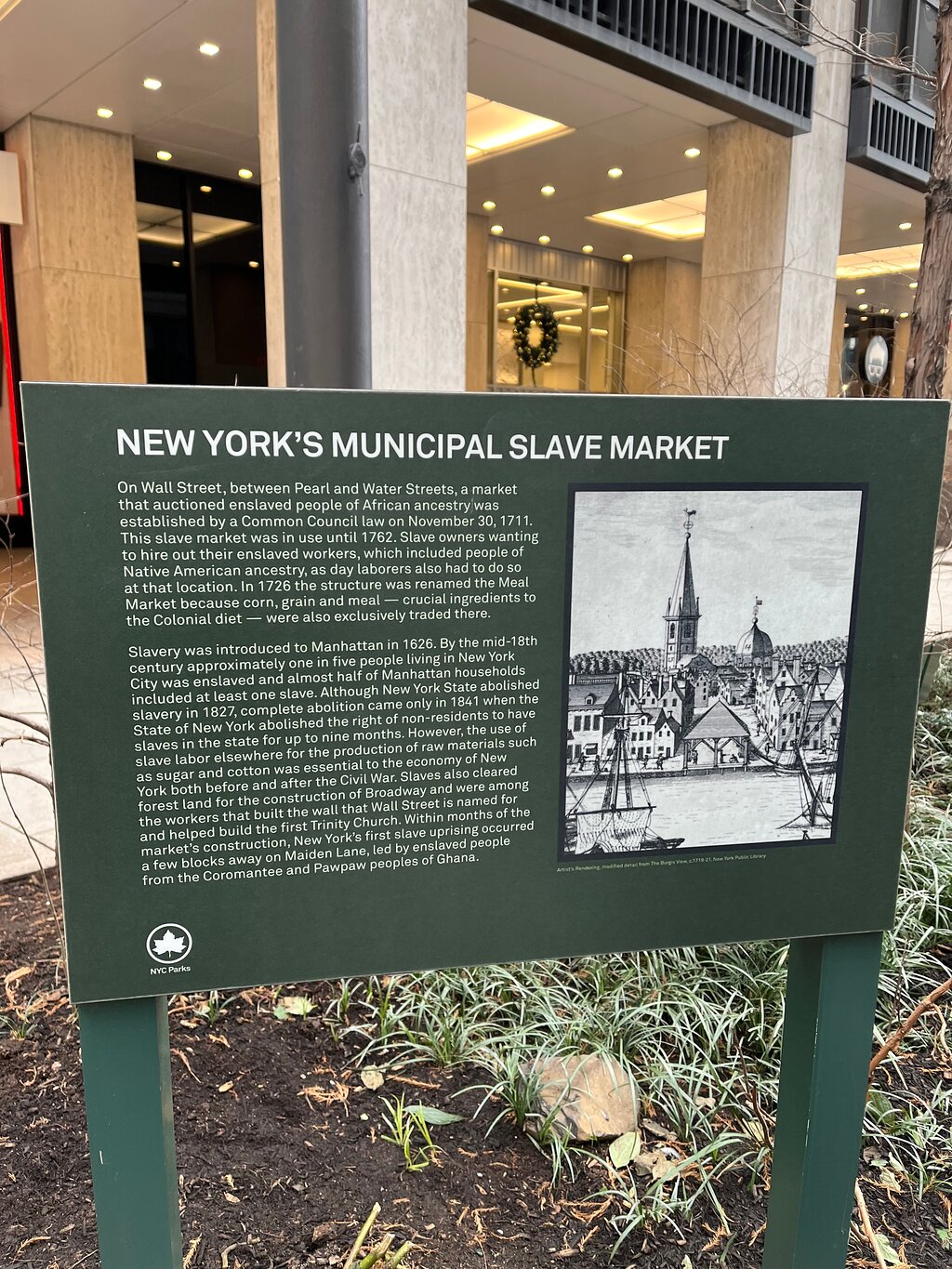
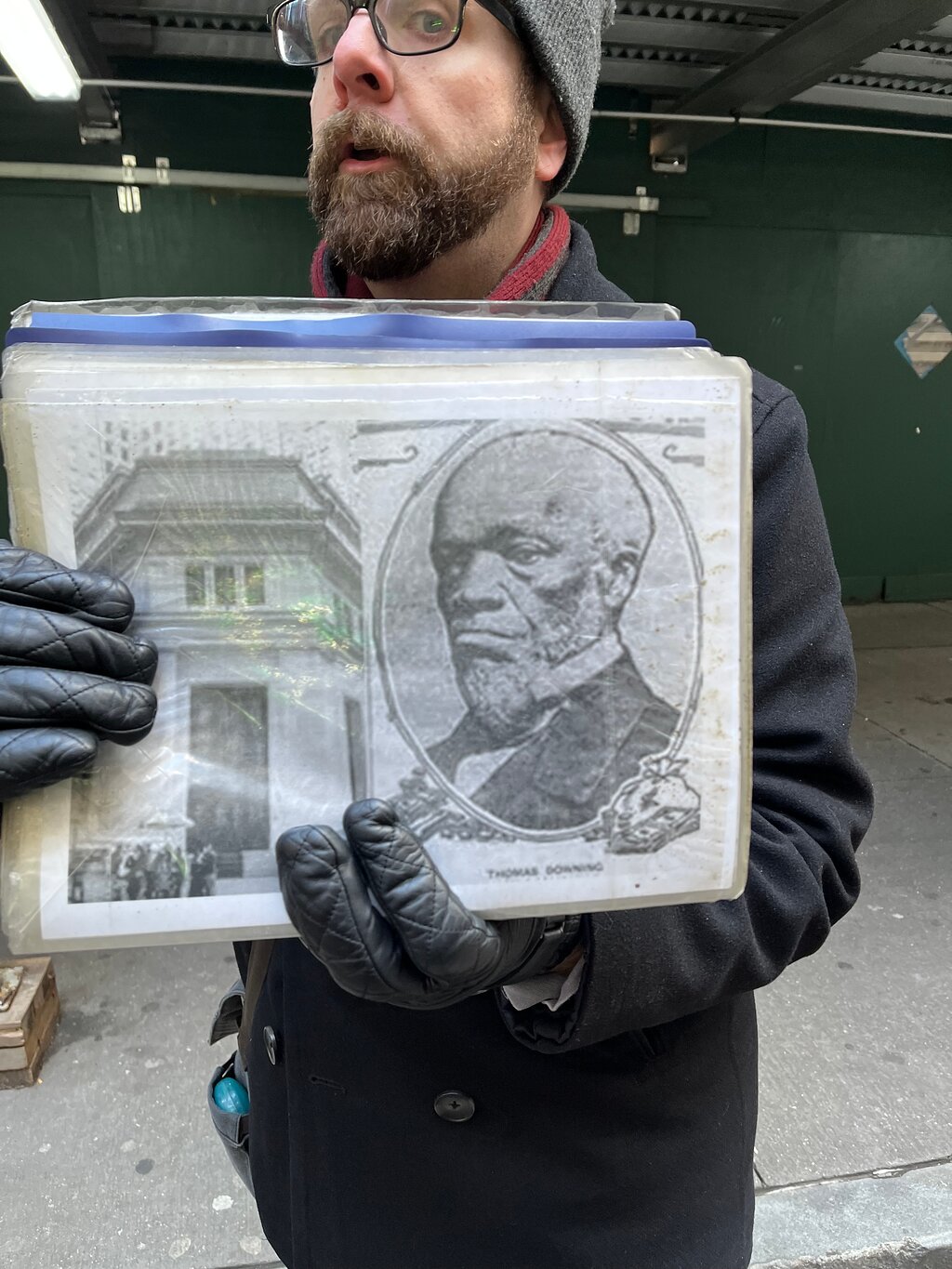
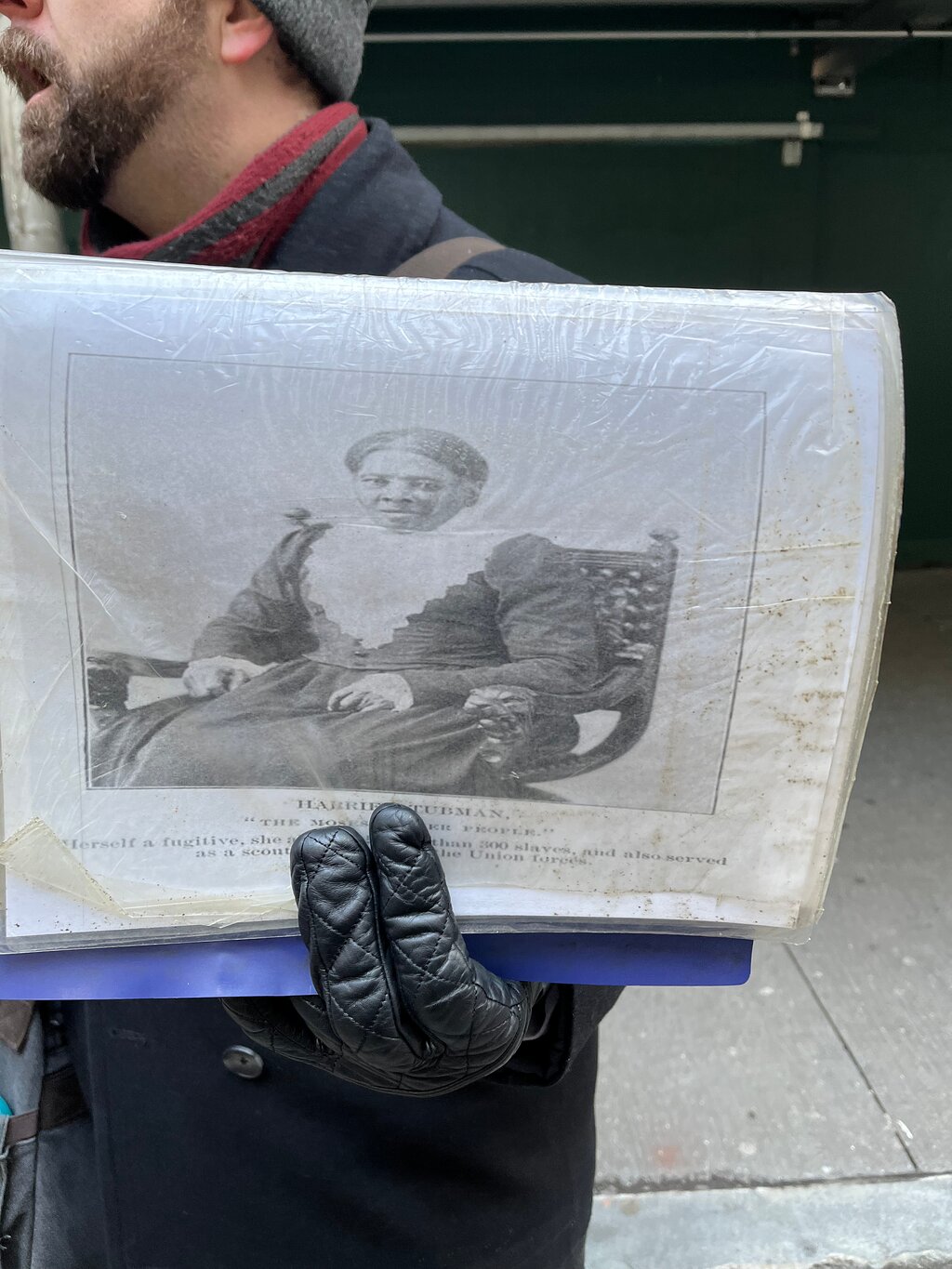
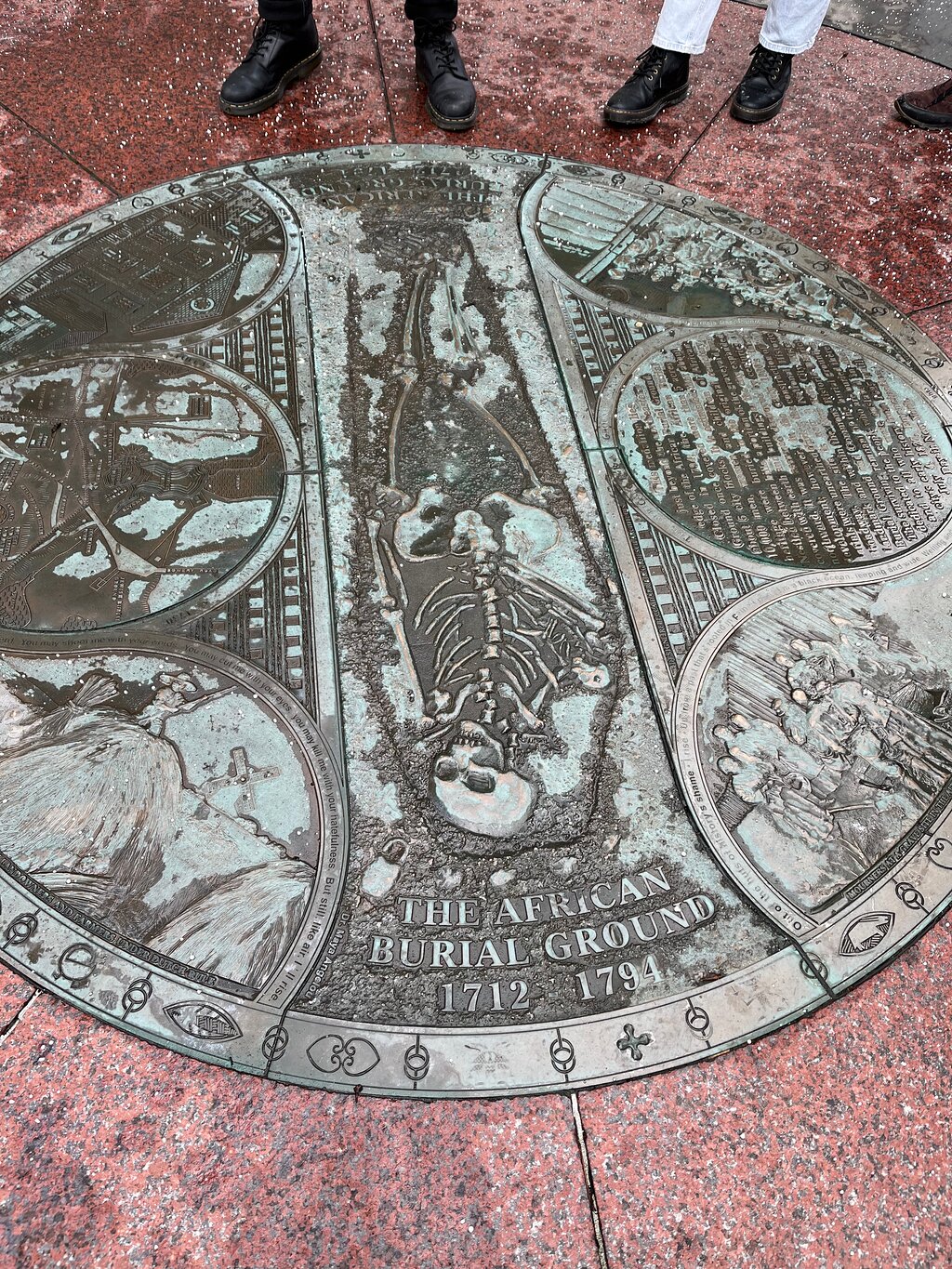
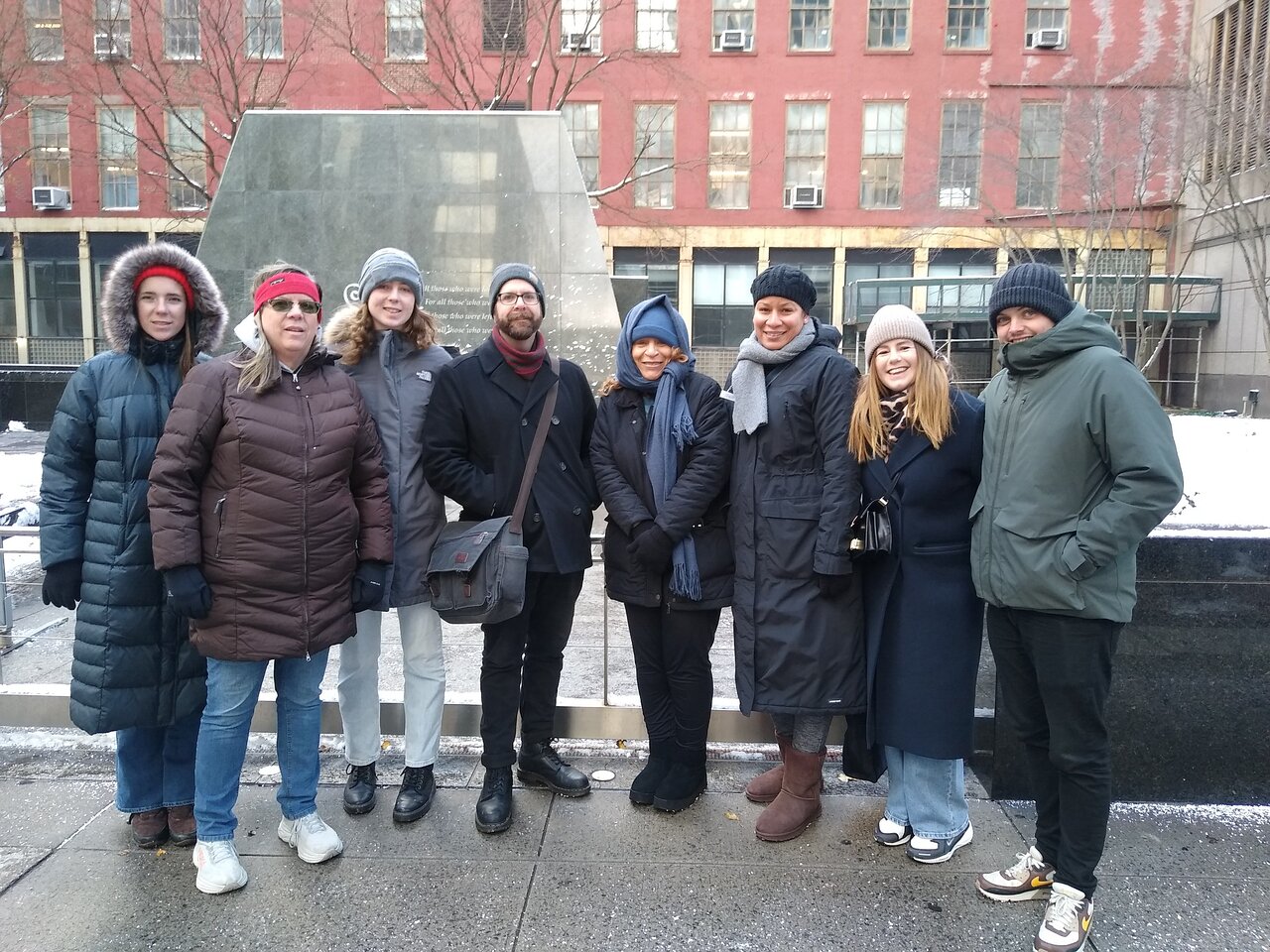



 Более
Более
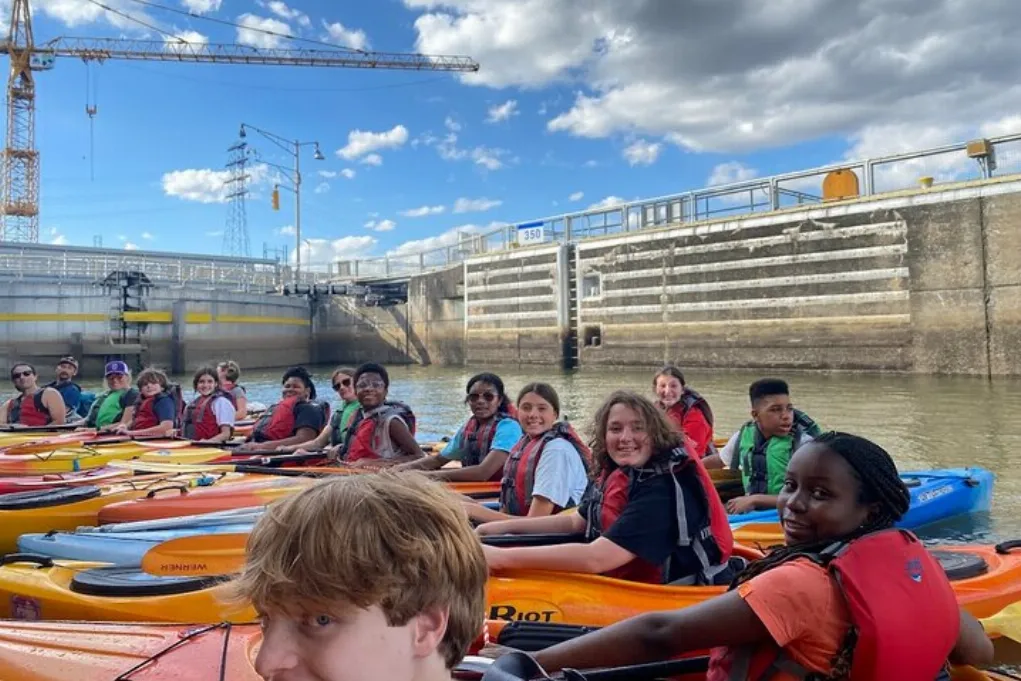


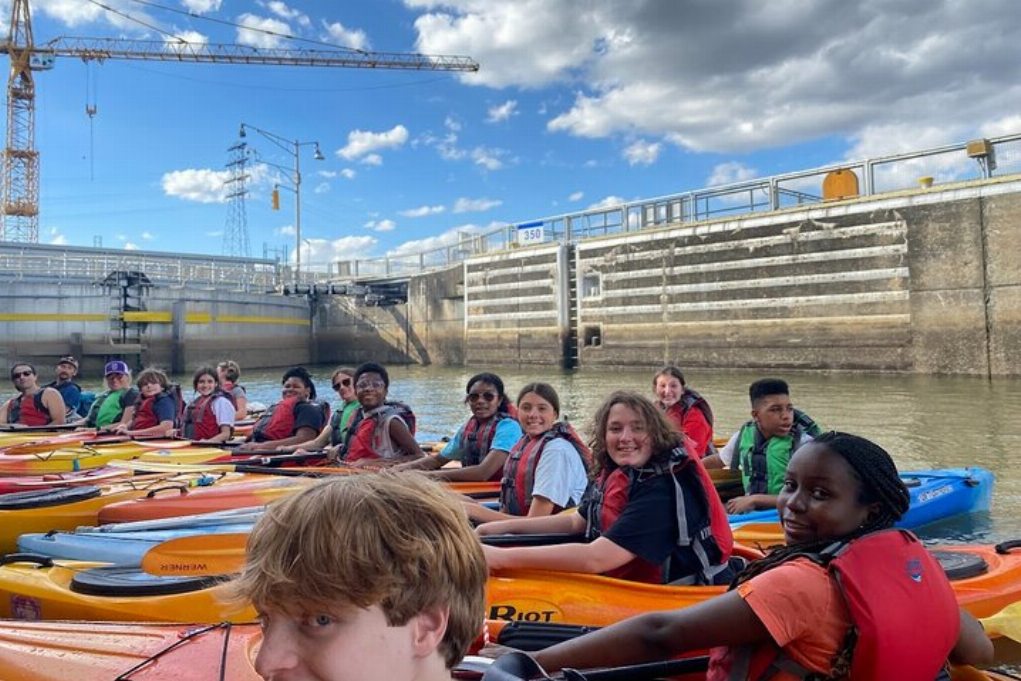
 Продолжить через Google
Продолжить через Google
 Продолжить с Facebook
Продолжить с Facebook
 Продолжить с Twitter
Продолжить с Twitter

